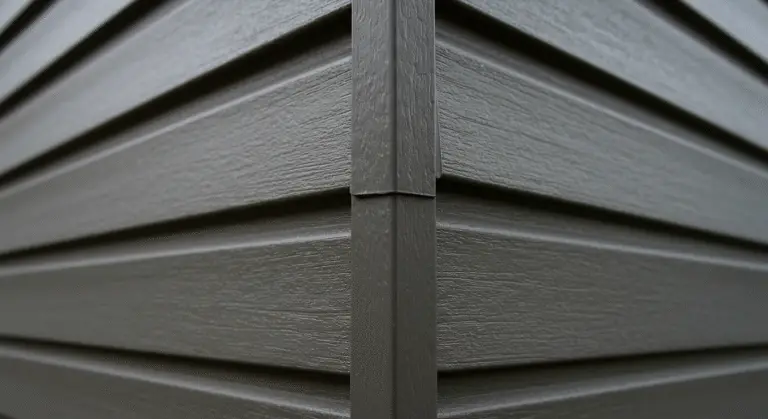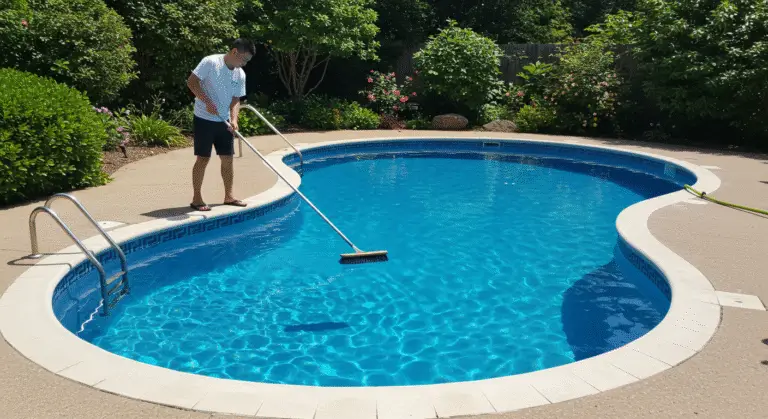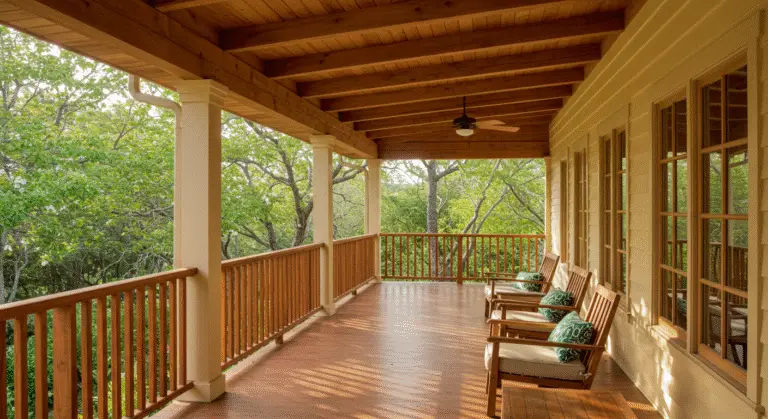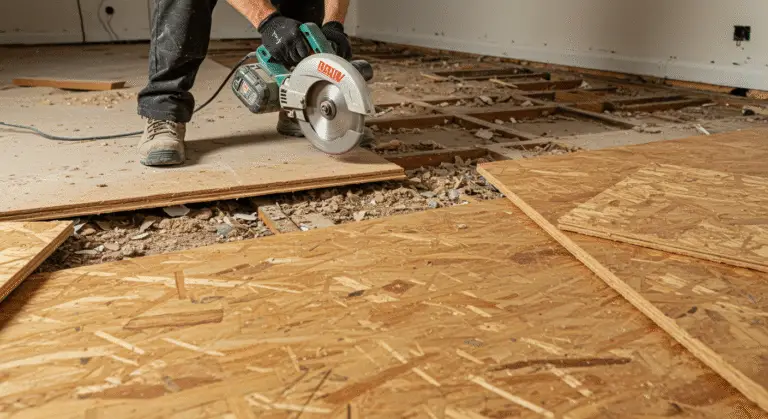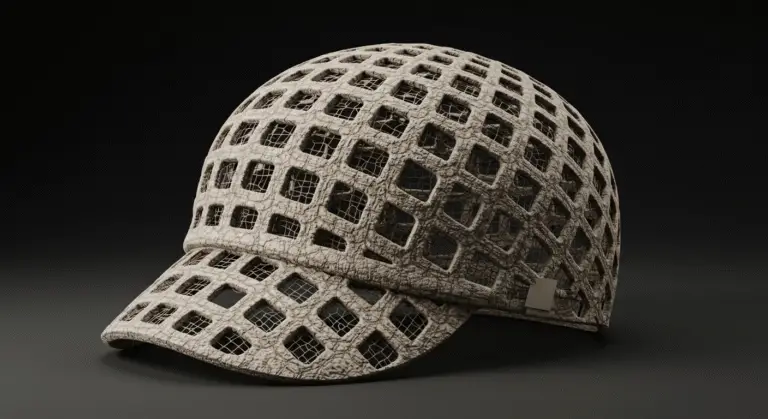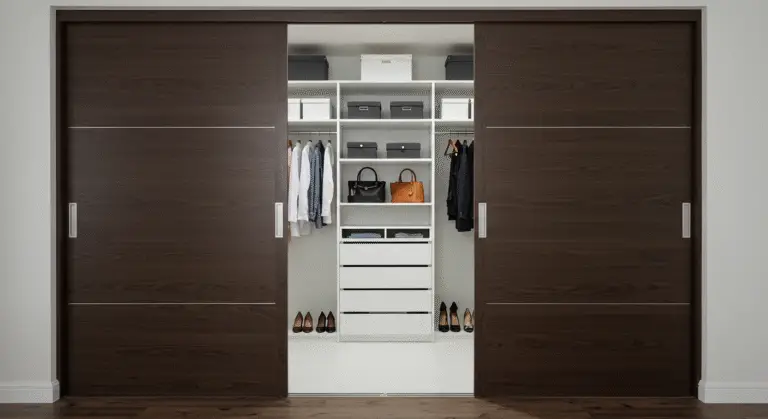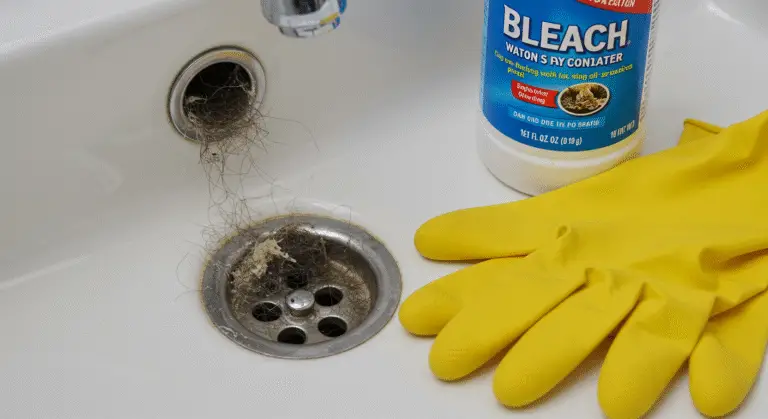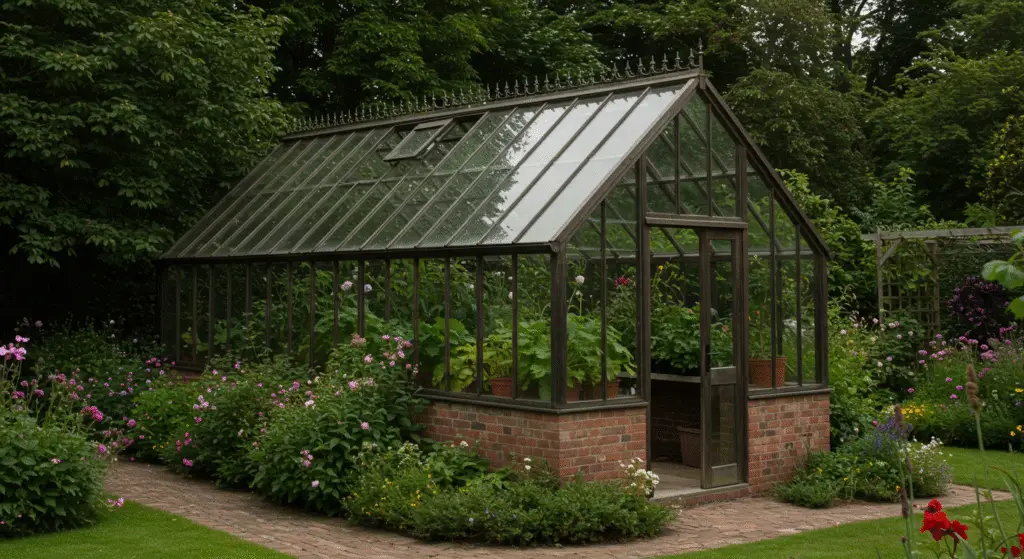
A gabled roof greenhouse is a popular option for gardeners looking to create the perfect environment for their plants. This style of greenhouse has a simple, classic design with a roof that slopes on two sides and meets at a peak in the middle. Many gardeners choose this type because it combines beauty and function in a way that helps plants thrive. If you’re considering a greenhouse for your garden, learning more about this design will help you understand why it might be the best fit.
What Makes This Greenhouse Design Different?
The shape of a gabled roof greenhouse resembles a traditional house roof. This means the two sloping sides come together at a ridge, creating a peak at the top. This design is great for letting water run off easily and stopping snow from building up on the roof, which protects both the structure and your plants.
The tall peak of the roof also helps with air circulation. Warm air naturally rises, and the shape encourages this warm air to flow out through vents or windows placed near the top. At the same time, fresh air is pulled in from vents near the base. This airflow reduces heat build-up inside on sunny days and helps keep humidity levels balanced, which is important for preventing diseases and mold.
Benefits of Choosing This Style of Greenhouse
One of the biggest benefits of this greenhouse style is its ability to handle different weather conditions. The steep roof makes sure rain and snow slide right off, so you don’t have to worry about leaks or the roof collapsing under heavy snow. This is a huge advantage if you live in an area with lots of rain or snow.
The shape also gives you more vertical space inside. This extra height is helpful for growing tall plants like tomatoes, beans, or even small trees. It means you won’t have to worry about your plants hitting the roof or feeling cramped. Plus, the open space makes it easier to move around and care for your plants.
Sunlight is another important factor. Because the roof slopes on both sides, light can enter the greenhouse from different angles during the day. This helps your plants get consistent sunlight, which supports healthy growth. Especially in winter when the sun is lower in the sky, this design helps make the most of available daylight.
How to Make the Most of Your Greenhouse
Where you put your greenhouse will affect how well your plants grow. Try to place the greenhouse in a spot that gets plenty of sun and is protected from strong winds. Ideally, position it so the roof ridge runs east to west. This way, both sides of the roof catch sunlight all day long.
Good ventilation is important for keeping the temperature just right. Even though the roof design encourages natural airflow, adding vents or fans gives you more control. Opening vents on warm days helps prevent overheating, while closing them on cold nights keeps the warmth inside.
Watering is another key part of growing healthy plants. Installing a drip irrigation system can save you time and water by delivering moisture directly to the roots. This also reduces the risk of disease since the leaves stay dry.
If you live somewhere with cold winters, think about adding a small heater or using materials inside that hold heat, like water barrels or bricks. These can keep the temperature stable overnight, protecting your plants from frost.
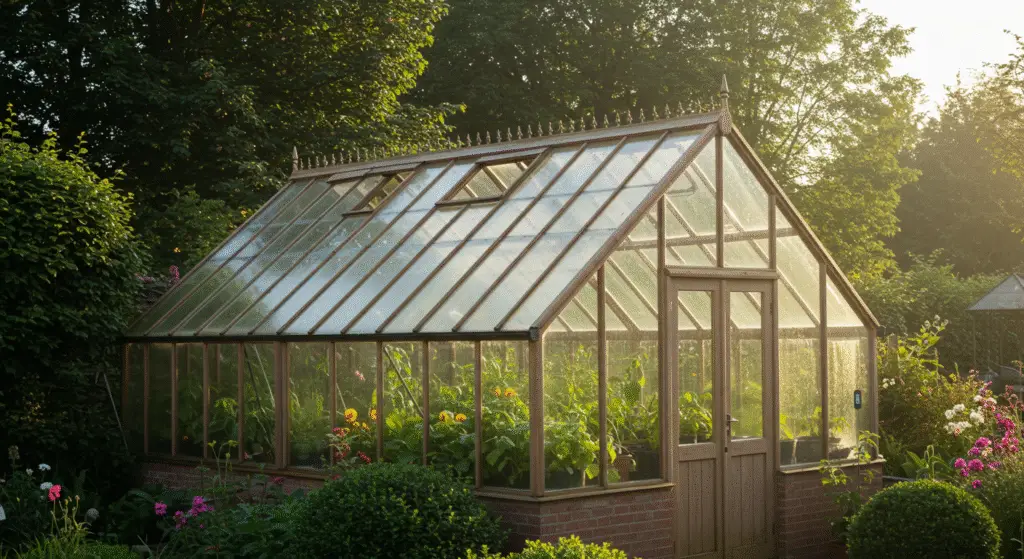
Choosing the Right Materials for Your Greenhouse
The materials used to build your greenhouse will affect how well it works and how long it lasts. The roof and walls are usually made from glass, polycarbonate, or plastic film.
Glass is great because it lets in a lot of light and looks very attractive. However, it’s heavy and can break, so it needs careful handling. Polycarbonate panels are lighter and stronger than glass. They also provide better insulation, which means your greenhouse stays warmer in winter and cooler in summer. Plastic film is the cheapest option. It’s lightweight and easy to install but might need replacing after a few years.
The frame of the greenhouse is usually made from aluminum, wood, or steel. Aluminum is popular because it’s light, strong, and doesn’t rust. Wood gives a natural look and is good if you want your greenhouse to blend into your garden, but it needs regular maintenance. Steel is very sturdy but heavier and can rust unless treated.
What You Can Grow Inside This Greenhouse
This type of greenhouse is very versatile. Many gardeners use it to start seeds early in the season before planting outside. It’s also a great place to grow vegetables like peppers, tomatoes, and herbs all year round. Because you can control the temperature inside, you can even grow tropical plants that wouldn’t survive outside in colder climates.
If you’re interested in more specialized gardening, this greenhouse is perfect for growing orchids, bonsai trees, or other delicate plants that need protection. It’s also handy for propagating cuttings and caring for young plants.
How This Greenhouse Fits Into Your Garden
A gabled roof greenhouse is not only practical but also adds charm to your garden. Its classic shape fits well with almost any garden style, whether you have a modern backyard or a traditional country garden. Because it’s available in different sizes, you can find one that suits your space—whether you have a small patio or a large yard.
Final Thoughts on Choosing a Gabled Roof Greenhouse
A greenhouse with this kind of roof design is a smart investment if you want to create a healthy growing environment for your plants. It handles weather challenges well, offers plenty of light and air, and provides enough space for different types of plants. Its classic style also adds beauty to your outdoor area.
With some care in placement, ventilation, and watering, this greenhouse can help you grow fresh food and beautiful flowers no matter the season. Whether you’re a beginner or an experienced gardener, it’s a practical and attractive way to expand your gardening possibilities.
If you’re ready to start growing your own fruits, vegetables, or flowers in a protected space, consider this style of greenhouse. It might just be the perfect fit for your garden.
